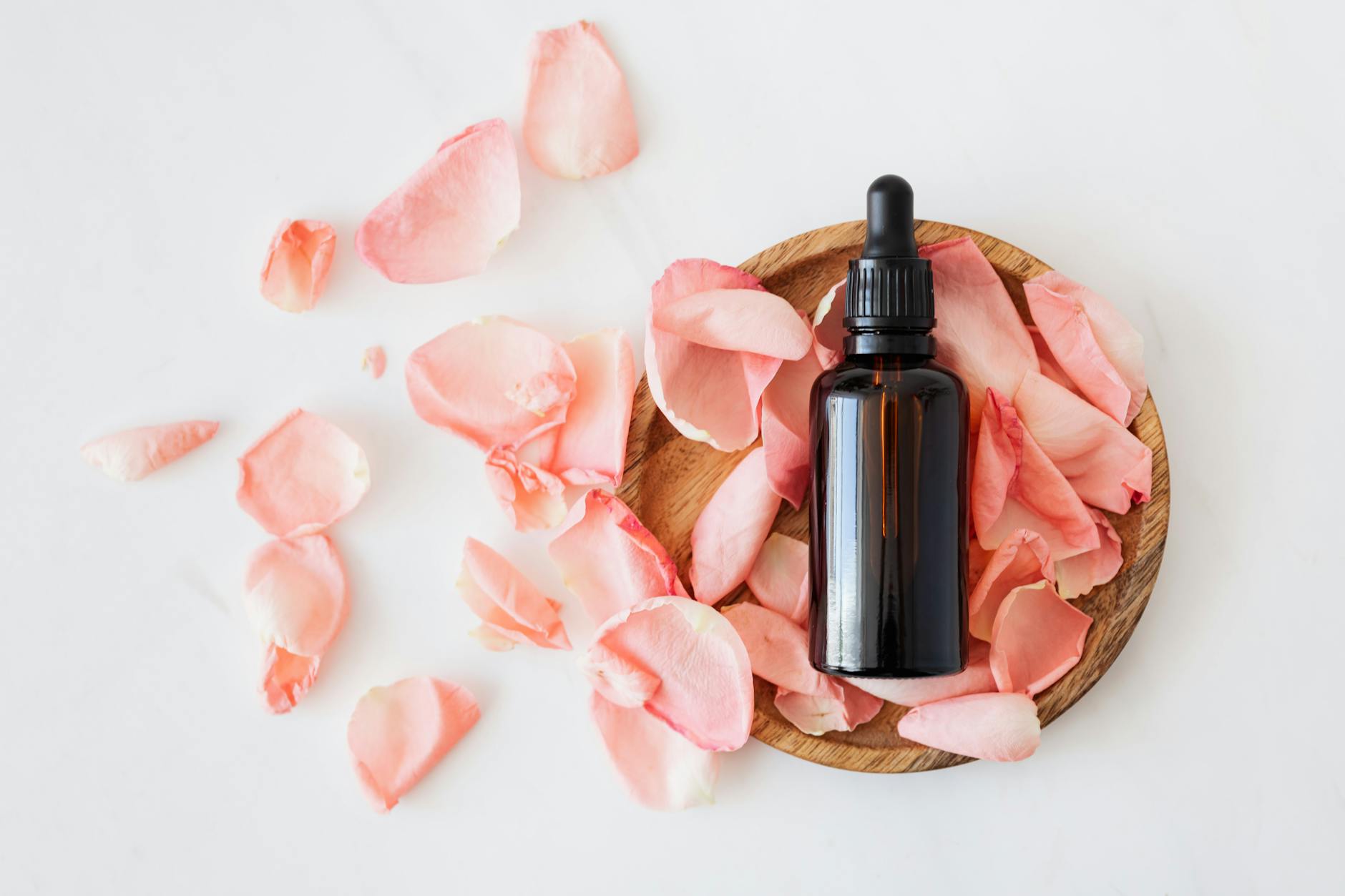Uncover the natural remedies and lifestyle changes that can help you say goodbye to yeast infections for good.
Table of Contents
Yeast infections are a common source of discomfort for many individuals, causing symptoms like itching, burning, and vaginal discharge. While these infections can be annoying and disruptive, there are effective ways to treat and manage them. In this blog post, we will explore some proven methods to say goodbye to the discomfort caused by yeast infections.
Understanding Yeast Infections
Yeast infections, also known as vaginal candidiasis, are caused by an overgrowth of a type of yeast called Candida. This overgrowth can be triggered by various factors, including hormonal changes, antibiotic use, a weakened immune system, and high levels of stress. The most common yeast responsible for infections is Candida albicans.
Typical symptoms of yeast infections include:
- Itching and irritation in the vaginal area
- Burning sensation, especially during urination or intercourse
- Abnormal vaginal discharge that is thick, white, and odorless
It is important to accurately identify a yeast infection as other conditions, such as bacterial vaginosis or sexually transmitted infections, may present with similar symptoms. If you are experiencing any of these symptoms, it is vital to consult a healthcare provider for an accurate diagnosis.
Treatment Options
Antifungal medications are the primary treatment for yeast infections. These medications can be in the form of creams, ointments, suppositories, or oral tablets. Common antifungal agents include clotrimazole, miconazole, and fluconazole.
When using antifungal medications, it is crucial to follow the instructions provided by your healthcare provider or on the product packaging. Consistency in use and completing the full course of treatment are essential for successful resolution of the infection.
Home Remedies
In addition to antifungal medications, some individuals may find relief from yeast infection symptoms by using home remedies. These remedies include:
1. Probiotics: Probiotic supplements or consuming probiotic-rich foods like yogurt can help restore the natural balance of bacteria in the body, potentially reducing yeast overgrowth.
2. Coconut oil: Applying coconut oil topically to the affected area may provide relief from itching and irritation. Coconut oil has natural antifungal properties.
3. Tea tree oil: Diluted tea tree oil can be used as a topical treatment for yeast infections due to its antifungal properties. It should be used with caution and never ingested.
Lifestyle Changes
Making some lifestyle changes can also help prevent and manage yeast infections. These include:
| Treatment | Effectiveness | Notes |
|---|---|---|
| Over-the-counter antifungal creams | High | Easily accessible and effective for mild yeast infections |
| Prescription oral medication | Very high | Recommended for severe or recurrent yeast infections |
| Probiotics | Moderate | Helps restore the balance of good bacteria in the body |
| Dietary changes | Low to moderate | Avoiding sugar and refined carbs can help prevent yeast overgrowth |
| Home remedies (e.g., yogurt, garlic) | Low | May provide temporary relief but not as effective as medical treatments |
1. Wear breathable cotton underwear: Cotton underwear allows for better airflow and reduces moisture in the vaginal area, creating a less hospitable environment for yeast growth.
2. Avoid douching: Douching disrupts the natural balance of bacteria in the vagina, increasing the risk of yeast infections. It is best to avoid this practice.
Prevention Strategies
While treating yeast infections is important, taking steps to prevent their occurrence is equally crucial. Here are some strategies to help prevent yeast infections:
1. Maintain good hygiene: Keep the genital area clean and dry, especially after sweating or swimming.
2. Avoid irritants: Steer clear of perfumed soaps, bubble baths, and scented hygiene products that can disrupt the vaginal flora.
3. Balanced diet: Consuming a diet rich in nutrients can help support a healthy immune system and reduce the risk of yeast overgrowth.
Conclusion
Yeast infections are common and treatable, with various options available to manage symptoms effectively. By understanding the causes, symptoms, and treatment strategies for yeast infections, individuals can take proactive steps to say goodbye to discomfort and improve their overall quality of life.
If you suspect you have a yeast infection or are experiencing persistent symptoms, it is essential to seek guidance from a healthcare provider for appropriate diagnosis and treatment.
FAQs
Can yeast infections be prevented?
Yes, yeast infections can be prevented by maintaining good hygiene, avoiding irritants, and consuming a balanced diet to support a healthy immune system.
What are the common symptoms of yeast infections?
Common symptoms of yeast infections include itching, burning, abnormal vaginal discharge, and irritation in the vaginal area.
Are there effective home remedies for yeast infections?
Yes, probiotics, coconut oil, and tea tree oil are some effective home remedies that may provide relief from yeast infection symptoms.
How important is it to consult a healthcare provider for a yeast infection?
It is crucial to consult a healthcare provider for an accurate diagnosis and appropriate treatment of yeast infections to ensure effective resolution of symptoms and prevent any complications.





